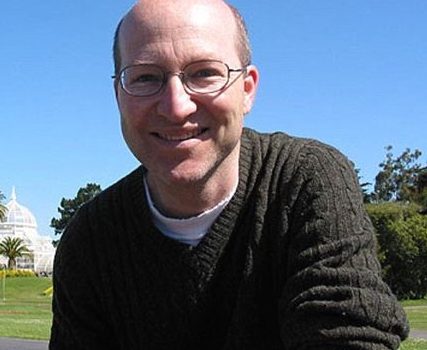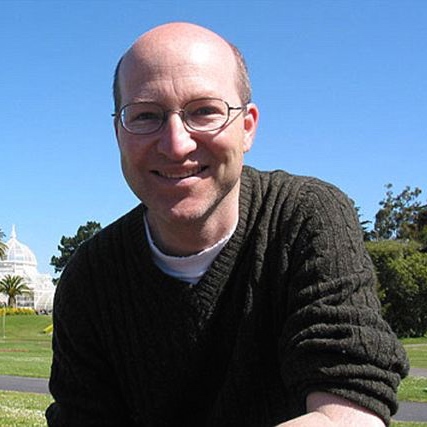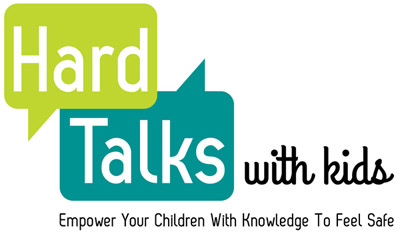

What to do if you Catch Your Child Watching Pornography?- an interview with Dr. Steven Schlozman
hard talks January 24, 2017 admin 0

No parent wants to think about their child watching pornography, unfortunately it often happens. With easy access to internet, the age of exposure is becoming younger and younger and the images are more disturbing than ever. I had the opportunity to ask the associate director of The Clay Center for Young Healthy Minds at Massachusetts General Hospital, and an assistant professor of psychiatry at Harvard Medical School, Dr. Steven Schlozman, his advice about catching a child watching pornography. Here’s what he had to say:
Interview by Estée Pouleris
What is the average age a child is exposed to pornography and how?
This is getting harder to ascertain. The ample and relatively easy availability of material that would be considered pornography means that children can be exposed at a very young age to Internet content that many would deem pornographic. The question is also tricky because the increased availability of streaming network shows that are in fact appropriately critically celebrated and are not in and of themselves pornographic may still feature sexually explicit content that is hard for kids to understand. Game of Thrones, for example, is a well-written and highly compelling program but will still feature potentially overwhelming sexual scenes for some children.
If you catch your child watching pornography, is it important to find out if it’s their first exposure?
In some ways, yes. For preadolescent children, the exposure may be traumatizing – this depends, of course, on the content of the pornography – and some developmentally appropriate conversation about the normalcy of human sexuality is useful in decreasing the effects of the traumatic exposure. It’s important for parents and caregivers to remember that sexuality and sexual intimacy are normal parts of being human, and that one of the main problems with pornographic material is that it sets unrealistic standards and depictions of sexual behavior. For older kids, this is especially worrisome. The graphic nature of pornographic material available on-line can confuse kids. They might think that sex is what they’re seeing on the screen. That means that they will either eschew real sexual encounters (in theory) since there’s no way those encounters can mimic what they’ve seen. In that sense, a more detailed (and, as is both time-honored and historically incredibly awkward!) discussion is in order.
Is it important to find out what that have been exposed to, ex: hard core, homosexual, etc?
To a point. In many ways, asking questions about what was seen, especially in detail, is as traumatizing as what they may or may not have seen. Instead, ask your child what he or she saw and make it clear that you’re available to discuss. Also, avoid shaming your child. Looking at this material is a function of normal curiosity. Helping your child to understand the differences between what they’ve seen and what actual sexuality is like is important. You don’t want to demonize sexual intimacy.
How can you guide your child to healthier ways of exploring their curiosity of sexuality?
You gotta have that talk. It’s never as uncomfortable as parents worry it will be. You can also check with the school to see what curricula they have in place, and there are plenty of books that discuss sex and sexuality in developmentally healthy ways.
Is there a way to be proactive about pornography? If so, what age and how does this happen?
Having access to online content is the main route of exposure. Making sure that the computer is in a public place helps, and to the extent that it’s possible, you might want to be sure of this when your child is at someone else’s house. You can also tell your child that if he or she finds something, almost always by accident, that strikes him or her as inappropriate (i.e. “naked bodies” is a term that will make sense to a younger child), then that should tell you and that you are available to discuss. You can also then on your own time examine how your child got to the website and takes steps to prevent this from happening. There are a number of products on the market that are designed for this purpose, and you can read about them and choose which works best for your family.
Can you break down tips for talking to kids about pornography by age if they’ve been caught?
This is also tricky. Different parents will bring different values and concerns to the conversation, but keeping in mind the leeway necessary to meet the most needs possible, here is a rough guide:
For school aged kids (i.e. ages 5-10 or 11):
– first do all you can to avoid shame
– ask the child what he or she saw
– ask your child how he or she feels about what he or she saw
– stress that you’d like the child to let you know if he or she comes across this material again, and stress that this is material intended for adults and that not all adults are comfortable with this material
-if your child asks questions, have an honest discussion. Tell them how babies are made if you are comfortable with this kind of discussion. Most will be grossed out by the idea and most will then go about their day without thinking much more about what you said until they’re older.
The average age of onset of puberty in the US has leveled off somewhat but has drifted downwards since most adults were kids. Right now, for girls it is between ages 11 and 13 and boys somewhere around age 13. With the onset of puberty comes a greater ability to understand the nuances of sexuality, and a greater willingness to be curious. This is when it makes sense to discuss your own values with regard to sexual activity. You might want to go over contraception, you might want to discuss strategies for abstinence, you might want to strike a middle ground…these are all deeply personal decisions. The biggest mistake is to not talk about the issue at all. Moving to discuss normal sexual behavior from what one can see in pornography helps to avoid demonizing sexual intimacy. At the same time, it makes sense to define pornography as best you can to a teen, and to be clear that it is false – that is, it portrays an unreal picture of what sex is and can be. It also is OK to mention the exploitive nature of pornography for older children. Again, avoid shaming. Since “dirty pictures” have existed, kids – both boys and girls – have been curious to see these pictures. The difference today is the ease of access.
Steven Schlozman, M.D. is associate director of The Clay Center for Young Healthy Minds at Massachusetts General Hospital (MGH), and an assistant professor of psychiatry at Harvard Medical School (HMS). He also serves as course director of the psychopathology class for the MIT-HMS Program in Health, Sciences and Technology. Dr. Schlozman practices child and adult psychiatry at MGH, where he is the primary consultant to the pediatric transplant service. He received B.A.s in English and biology from Stanford University, and his M.D. from the Dartmouth-Brown Program in Medicine.
Dr. Schlozman serves as supervisor for both general psychiatry residents and child psychiatry fellows. He has been involved in national efforts to increase recruitment in psychiatry, and decrease stigma with regard to psychiatric illness. For Partners HealthCare, Dr. Schlozman co-teaches the Residents as Teachers course for the Residents’ Retreat, as well as a larger form of the course for the child psychiatry fellowship at MGH. He also teaches similar workshops at national medical education meetings.
Dr. Schlozman served as co-director of Medical Student Education in Psychiatry at HMS from 2004 to 2011. In addition to teaching at HMS, Dr. Schlozman has studied best practices for effective academic medical teaching and psychiatric education at the medical school level. He also sits on the Committee for Advanced Education for the American Psychiatric Association, and is involved in the mentorship program for the American Association of Child and Adolescent Psychiatry.
At MGH, Dr. Schlozman’s clinical work focuses on both outpatient treatment and consultation psychiatry. He treats children, adolescents, and adults in MGH’s outpatient psychiatry department, and consults to the pediatric liver, kidney, small bowel, and pancreas transplant services. In this capacity, he conducts pre-transplant evaluation, and provides consultation to outpatients and inpatients during their transplantation and subsequent hospitalizations.
Dr. Schlozman has done international research focusing on stigma and mental illness, and has written and presented extensively on the topic. He also writes short fiction, and has published one novel, The Zombie Autopsies. This novel has been optioned for film adaptation by George Romero, creator of Night of the Living Dead, and Dr. Schlozman is currently working on a sequel. Because of this work, he teaches a freshman seminar at Harvard University that focuses on horror and thrillers in literature and film.
Dr. Schlozman has been featured in/on: The New York Times, The Huffington Post, NBC News, Boston Magazine, ABC News, MTV.com, NECN, WBZ Radio’s NightSide with Dan Rea, WBUR’s CommonHealth, among others.

No comments so far.
Be first to leave comment below.